The mountain.
It began as an ancient volcano, spewing molten rock and ash for untold millennia to form a nearly perfect cinder cone of basalt which rises 3,200 feet above the Mekong River Delta in the southwest corner of Vietnam.
From her peak, the mountain offers a commanding view of the flat delta lands — a mix of jungle and farmland — which lay below.
Long before the Americans, the French and the Japanese fought for dominion over her, the mountain was the scene of battles between rival kings of the ancient Khmer Empire.
Legend claims that during this time, a beautiful girl with tanned skin who lived near the mountain fell in love with a brave young man from her village.
But then rival Khmer warlords clashed, seeking control of the mountain, and the young man joined the army of one of them and went off to fight.
The girl, it is said, promised to wait for him and remain faithful.
But, as time passed, custom demanded that she submit to an arranged marriage with a powerful man in the village.
Desperate to avoid the marriage and remain a virgin, the girl climbed to the top of the mountain and, with deep sorrow, threw herself off; and when her body was found, the people of the village felt great remorse.
They built a shrine on the mountain to the dead girl and gave the mountain its name — Núi Bà Đen — in remembrance of her.
In time, people from near and far came to the Black Virgin Mountain in the springtime, in a solemn pilgrimage, to pray at the dead girl’s temple.
Hundreds of years passed.
Then, in 1964, the Americans came to the mountain.
The Army built the Tây Ninh Combat Base in cleared flatlands below the mountain and the Army Signal Corps built a radio relay station on the mountain’s peak, near the site of an old Buddhist temple.
As in ancient times, the Black Virgin Mountain had great strategic value.
Just a few kilometers to the west, across the Cambodian border, lay the terminus of the Ho Chi Minh Trail — the network of roads and trails used to transport men and supplies from North Vietnam to the South.
In 1968, a thirty-six-man Army infantry platoon was stationed in a combat outpost located two kilometers northwest of the Base Camp.
The platoon’s mission was to guard the Base Camp against surprise attacks.
On August 20, 1968, a surprise attack came in the darkened hours just past midnight, when a column of Vietcong and North Vietnamese Army troops assaulted the outpost as they advanced toward the Base Camp.
The platoon leader radioed the Base Camp, requesting artillery, helicopter gunships and aircraft strikes to bolster the platoon’s defense.
And the support came, creating a withering defensive ring of fire power along the outpost’s perimeter.
As the sun rose later that morning, the enemy withdrew, leaving behind one hundred fifty-five dead men.
The Americans had lost five. The oldest was twenty-five.
The Army’s after-action report declared the battle a resounding victory.
Among the dead was Greg Carr, from Santa Barbara.
Shell fragments had pierced his body during the battle, and he had bled out in a foxhole.
Greg was one year out of high school.
Though much time has passed, one man remembers Greg and mourns him still.
In 2008, he wrote:
“I was with you that night.
“I was next to you in the foxhole.
“I held you and tried to dress your wounds.
“When my wife and I visited ‘The Wall’, I etched your name onto a piece of paper.
“I have this etching framed and hanging on my shrine at home, next to your picture.
“You, my friend, and the ultimate sacrifice you made will never be forgotten.”
The Black Virgin Mountain is no longer a battleground.
Now, it is tourists from around the world who go to the mountain to view the Delta from its peak, explore its caves, ride the aerial tram and photograph the old temples.
Vietnam war veterans sometimes come to the Black Virgin Mountain, too, seeking a reconnection to who they once were and what they once did there.
“We were able to see the location of my husband's base camp,” writes the wife of a Wisconsin Vietnam Vet in 2020.
The mountain has become a happy place.
But far away, in an old man’s living room, there is a shrine to Greg Carr.
Vietnam’s sting is unrelenting.
******************************
I’ll see you tomorrow.
— Brenda





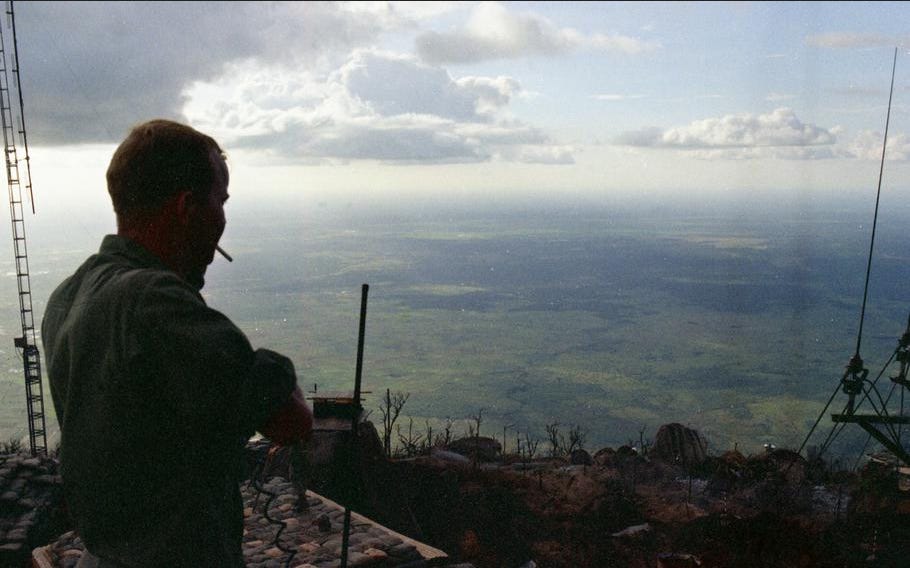
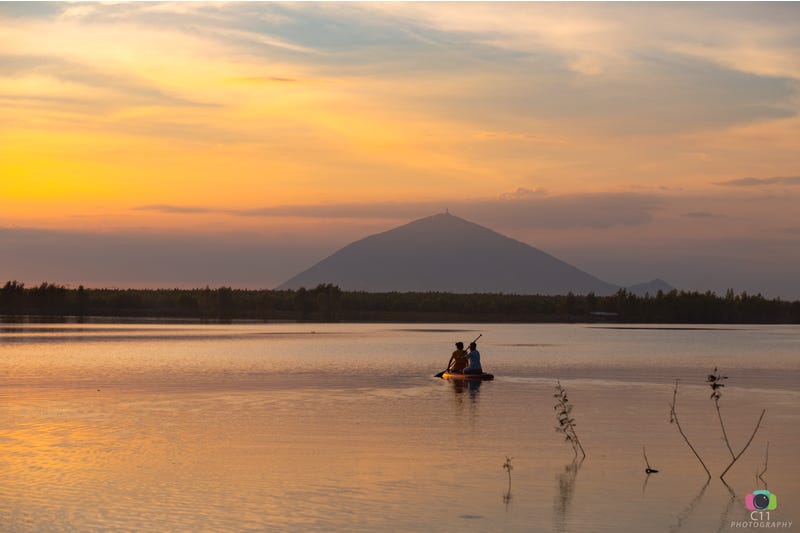
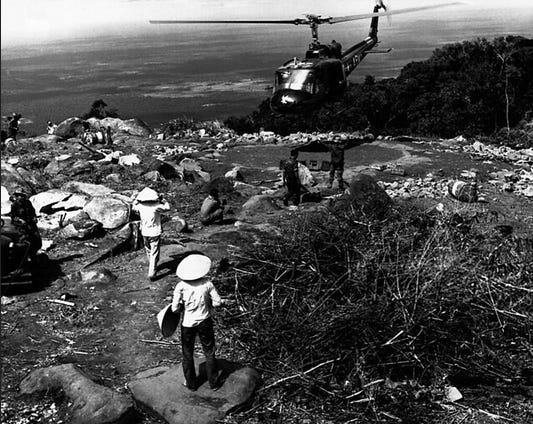
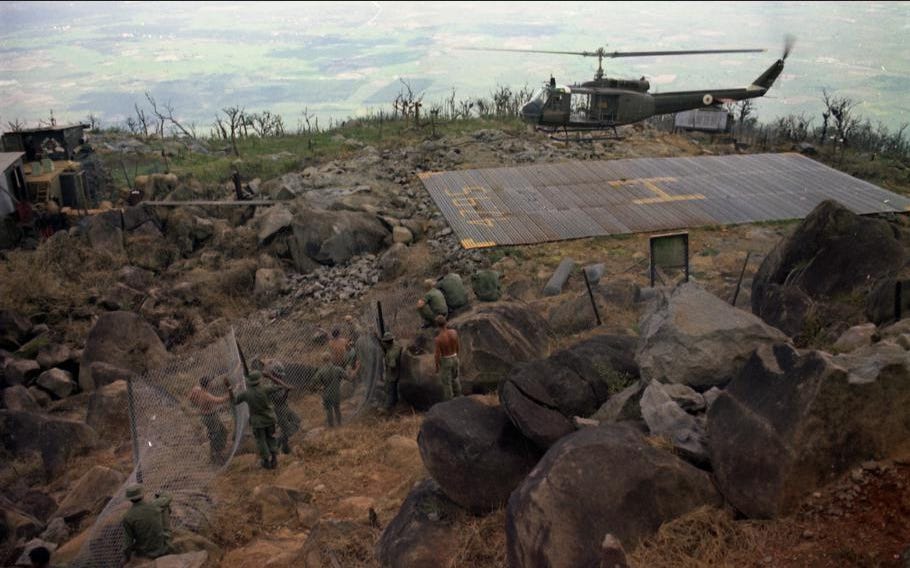
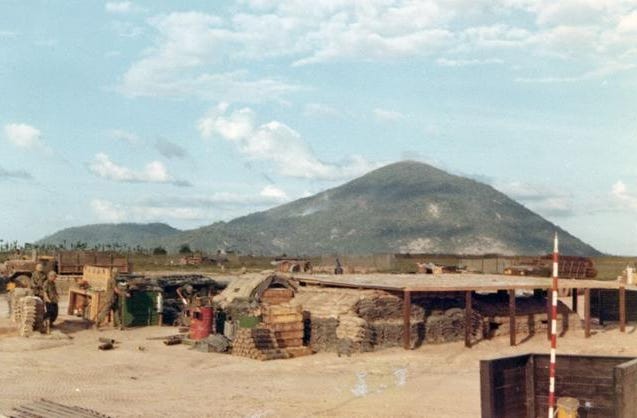
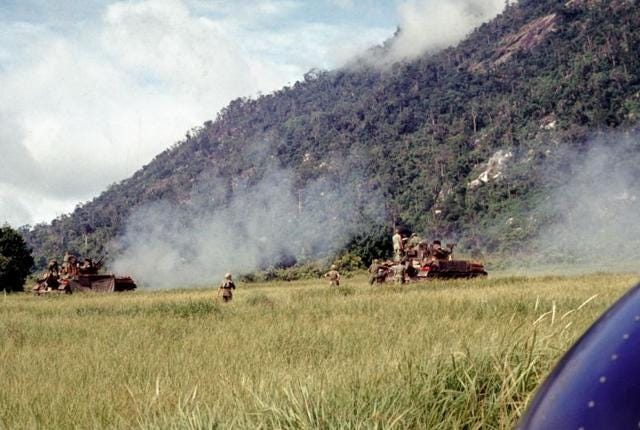

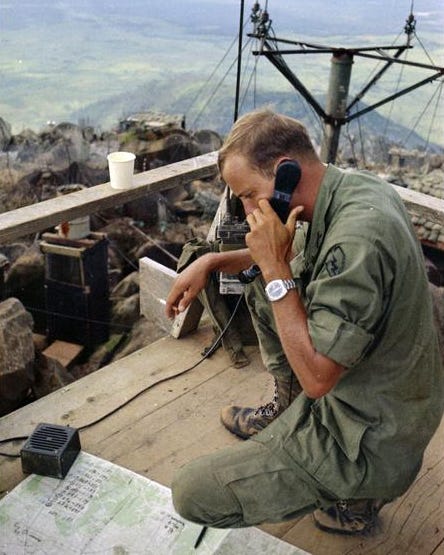
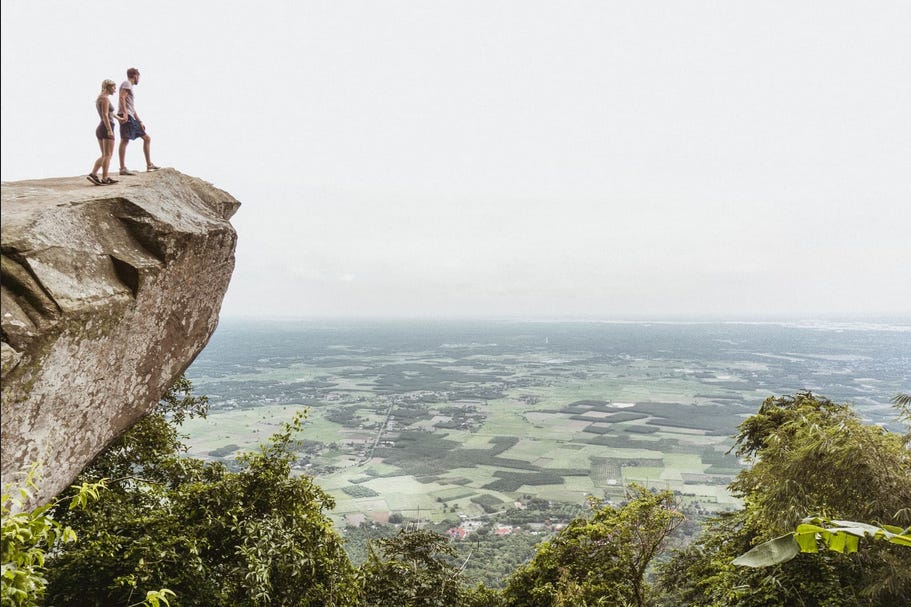
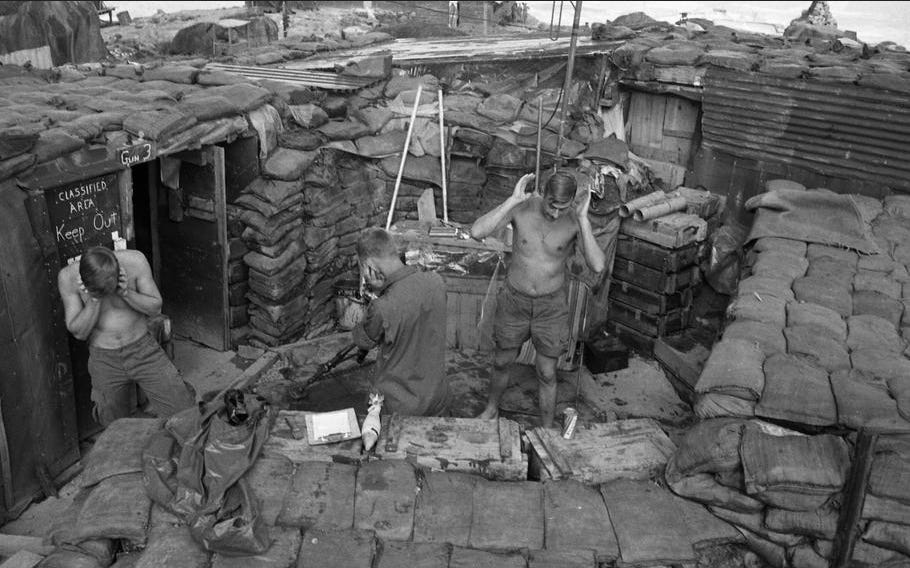


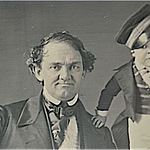
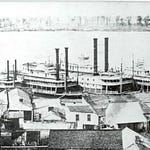
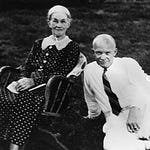
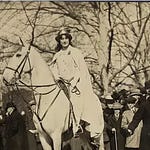
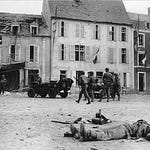
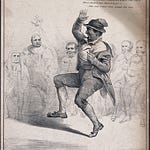

Photo of the Day